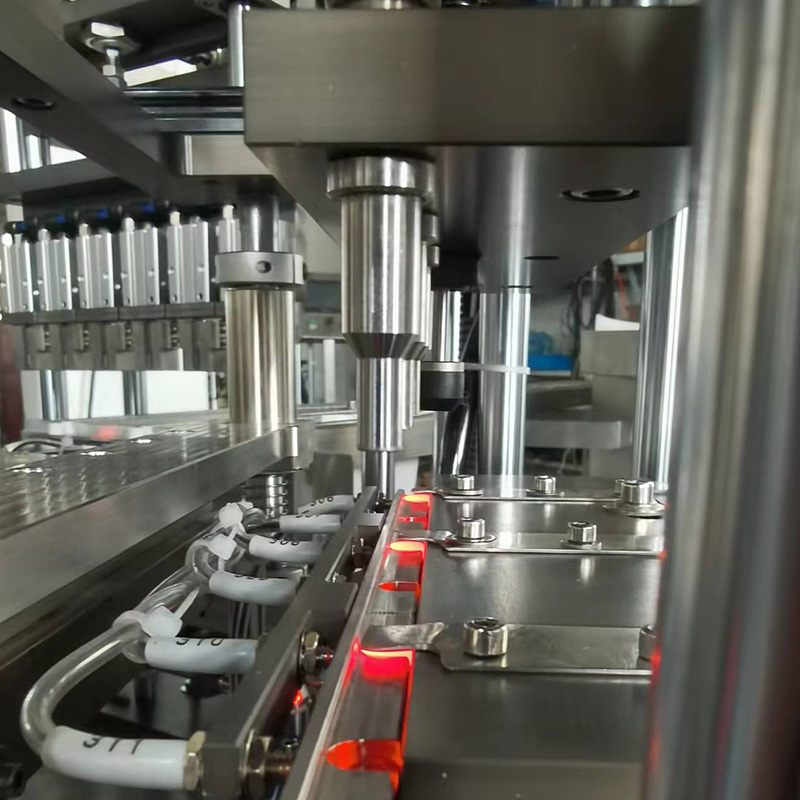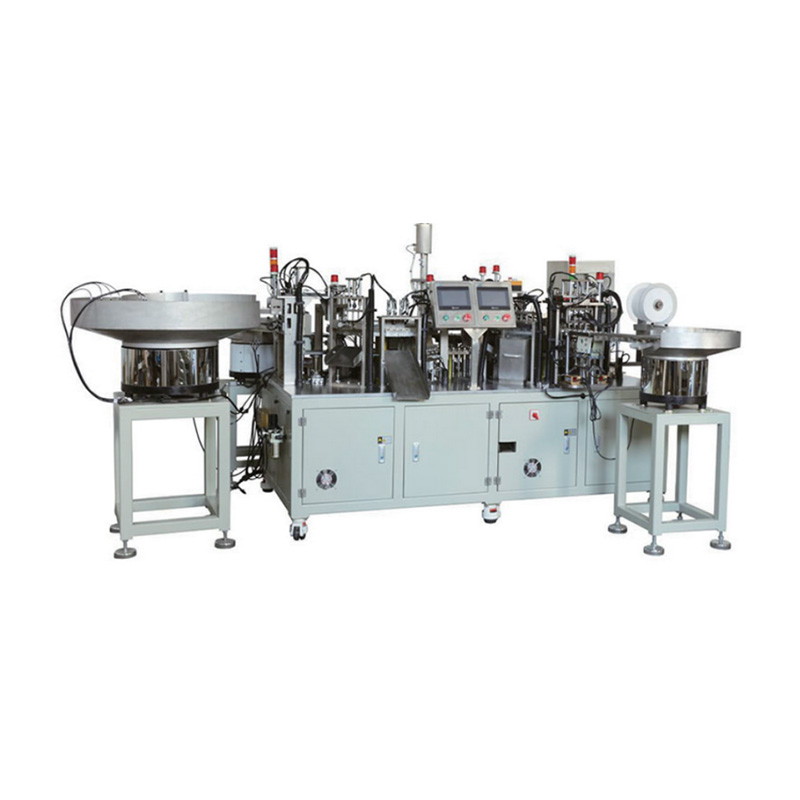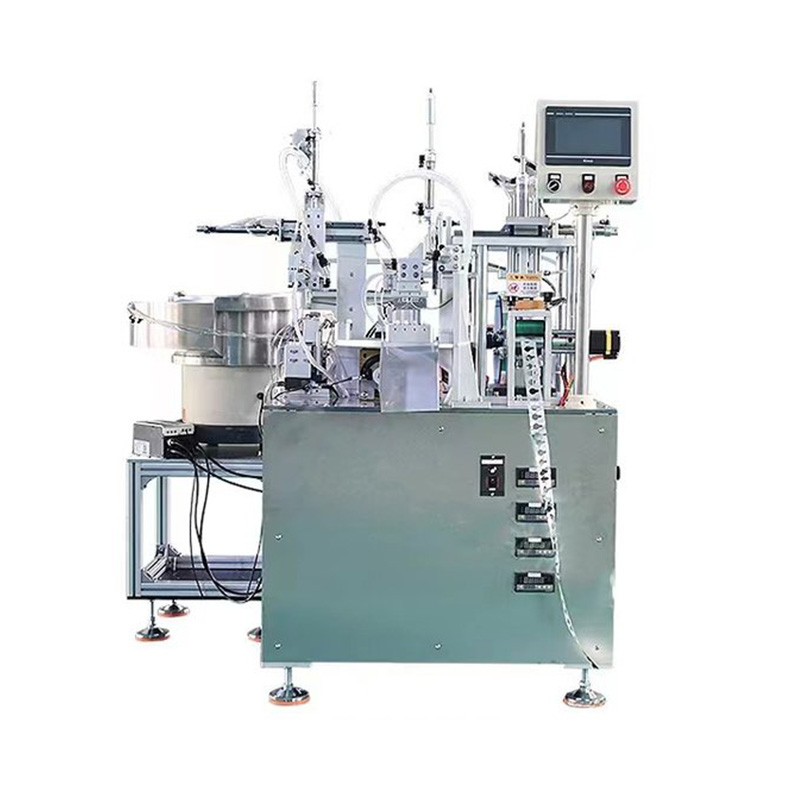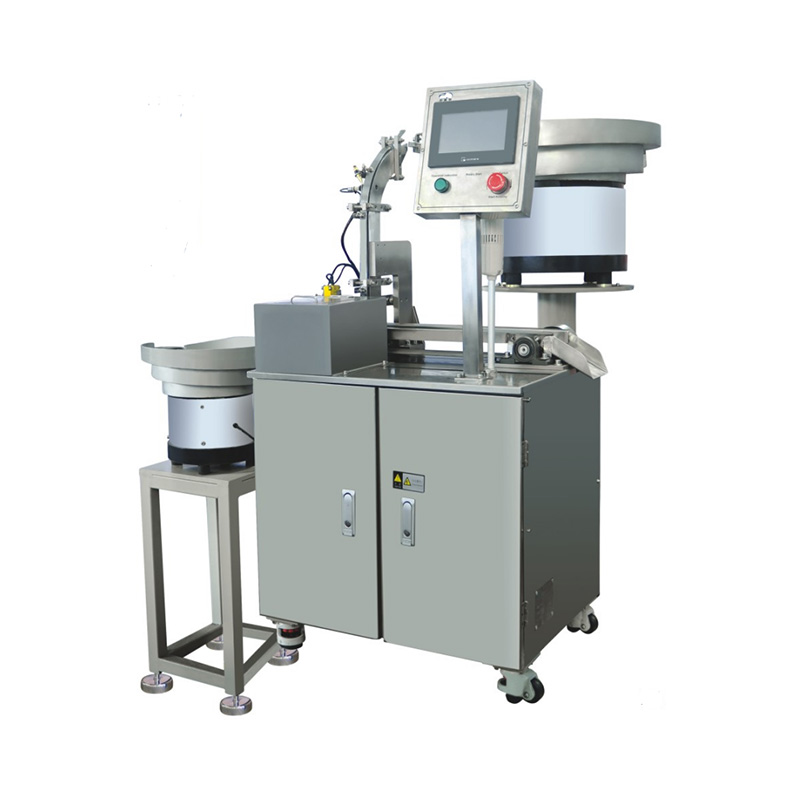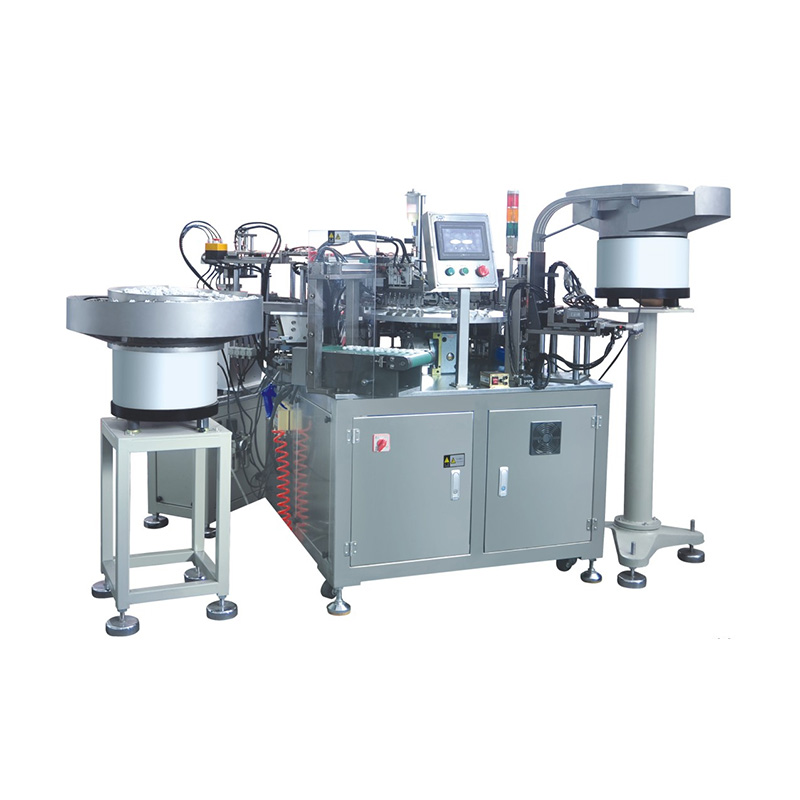China Zhejiang Taizhou Ambe Trading Co., Ltd. is a manufacturer specializing in the production of medical equipment automation equipment.
Why Automation Matters for Infusion Sets
The assembly of infusion sets is an inherently meticulous undertaking. These devices comprise multiple small components—tubing, connectors, needles, clamps, and more—that must be assembled with exacting tolerances. Even a minor deviation, such as a slightly misaligned connector or an imperfect seal, can affect the device's performance, potentially leading to issues with flow rate accuracy, sterility compromise, or patient discomfort. Traditional manufacturing approaches, which rely significantly on manual labor, are susceptible to introducing such variability. Human fatigue, differing interpretations of assembly steps, and simple human error can lead to inconsistencies. A fully automated production line for infusion sets is designed to mitigate these risks by substantially reducing human intervention. This automation supports a level of repeatable accuracy that is challenging for manual methods to sustain over prolonged production runs, thereby enhancing overall product uniformity and reliability.
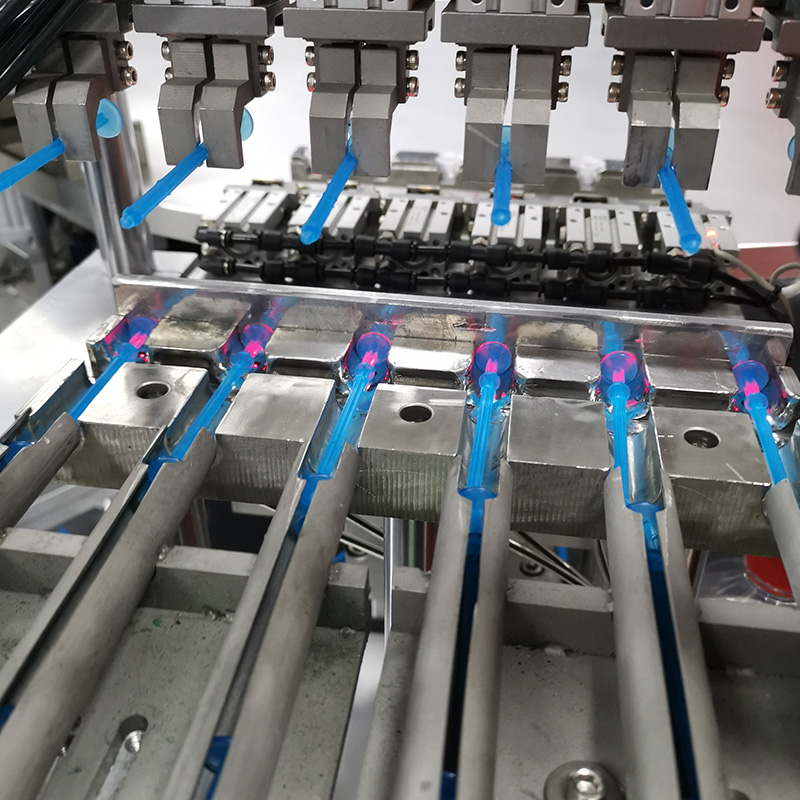
How Does It Ensure Precision?
A common and understandable concern among manufacturers is how an automated system can reliably maintain the tight tolerances required for medical devices. In a fully automated production line for infusion sets, precision is not an afterthought; it is fundamentally engineered into the equipment from the ground up. The system utilizes high-precision components throughout its structure. For instance, critical mechanical parts are often machined using CNC technology to ensure accurate alignment and movement. Furthermore, key electrical and pneumatic components, such as servo motors, sensors, and actuators, are frequently selected from manufacturers known for their reliability and consistent performance. These elements work in a synchronized manner, governed by a central programmable logic controller (PLC), to place, fit, and secure each part of the infusion set with exacting repeatability. The robotic arms or dedicated assembly modules execute their tasks with a level of consistency that minimizes variation part-to-part and batch-to-batch.
What About Quality Control?
Modern automated lines are equipped with sophisticated, multi-layered inspection systems that function as a continuous quality check. For example, machine vision systems, utilizing high-resolution CCD cameras, are strategically placed at various stations to automatically check critical components for defects, presence, or misalignment. Beyond visual checks, integrated functional testing mechanisms are employed. These may include pressure decay tests to verify the integrity of seals and connections, or reverse force tests to ensure needles are securely attached. This layered inspection approach allows for the identification of issues in real-time, enabling immediate rejection of a non-conforming unit and preventing it from progressing to the next stage of assembly. This not only reduces waste but also provides valuable data for process monitoring and traceability.
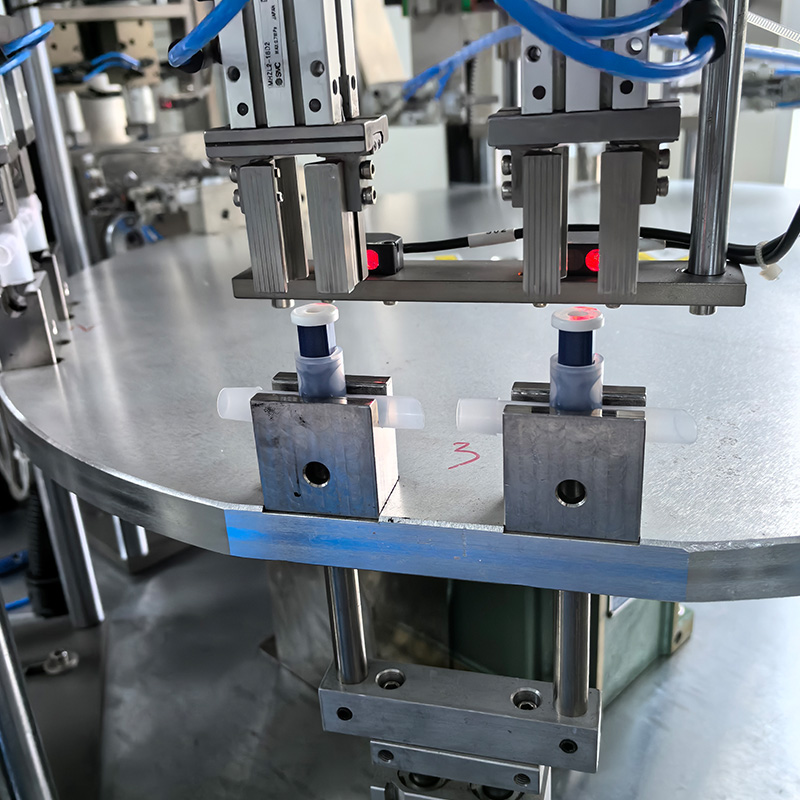
Can It Adapt to Different Designs?
Flexibility is a paramount consideration for manufacturers who produce a diverse portfolio of infusion set variants, each with potentially unique design features, dimensions, or materials. A well-designed, fully automated production line for infusion sets is built with a degree of adaptability in mind. It can often be customized and reconfigured to accommodate specific assembly requirements based on detailed client specifications, drawings, or samples.
A fully automated production line for infusion sets represents a convergence of precision engineering, intelligent monitoring, and adaptable design. By systematizing previously manual steps and incorporating rigorous automated checks at every critical juncture, it provides manufacturers with a robust tool to achieve both consistency and necessary scalability.

 English
English русский
русский Español
Español

